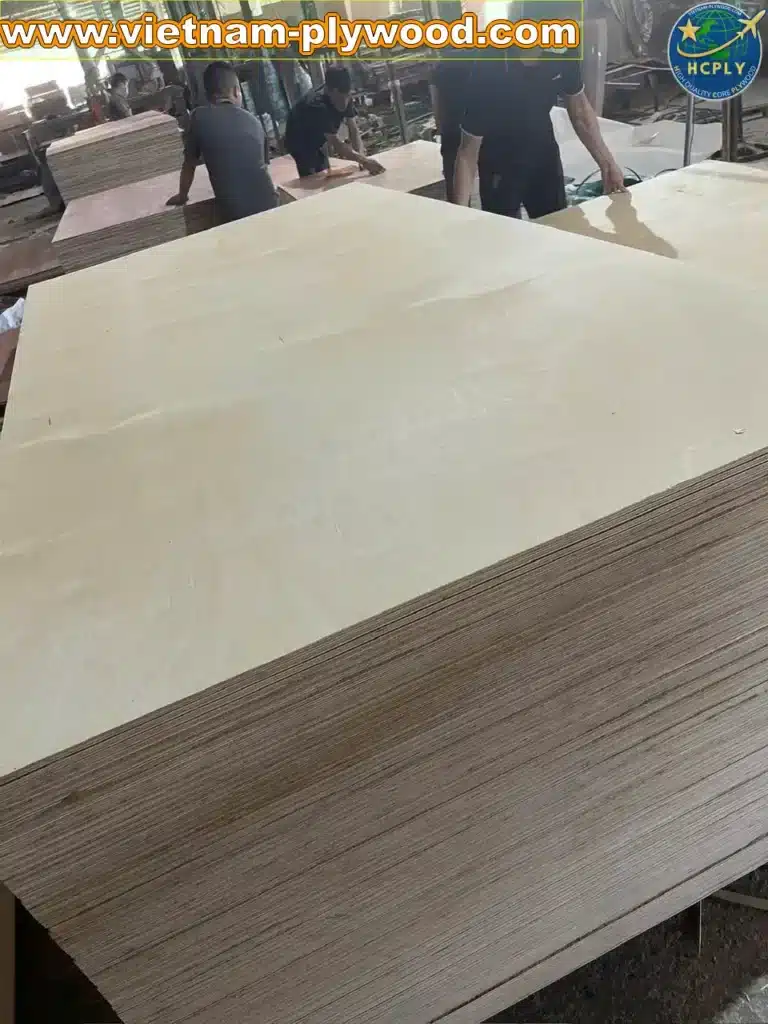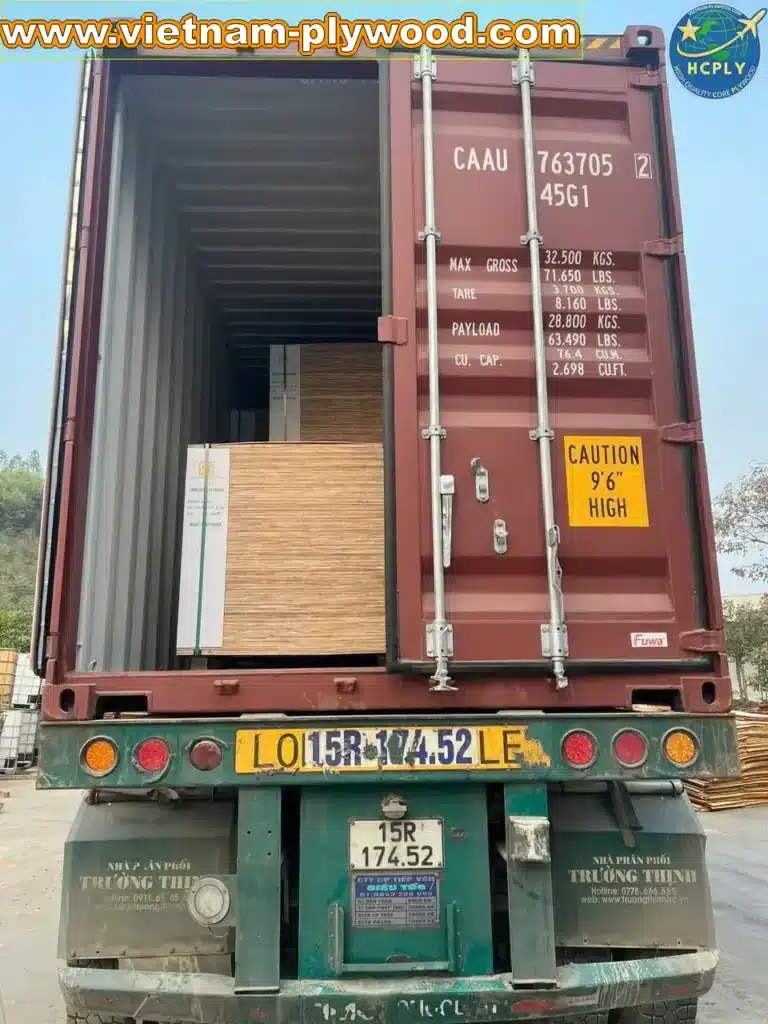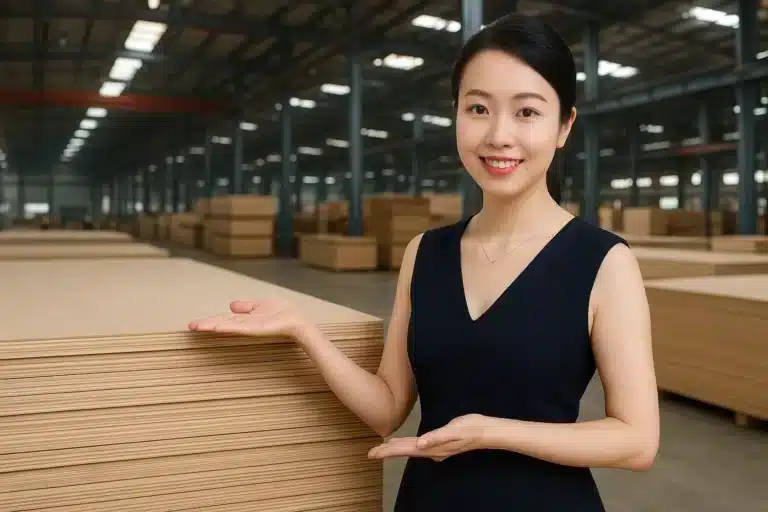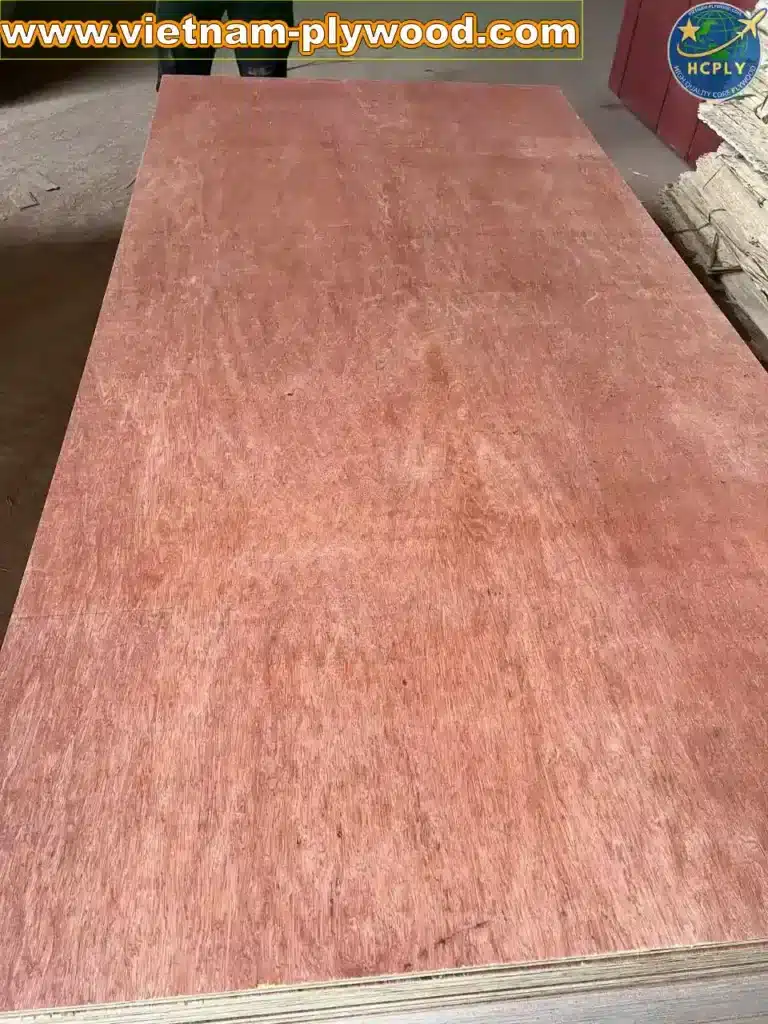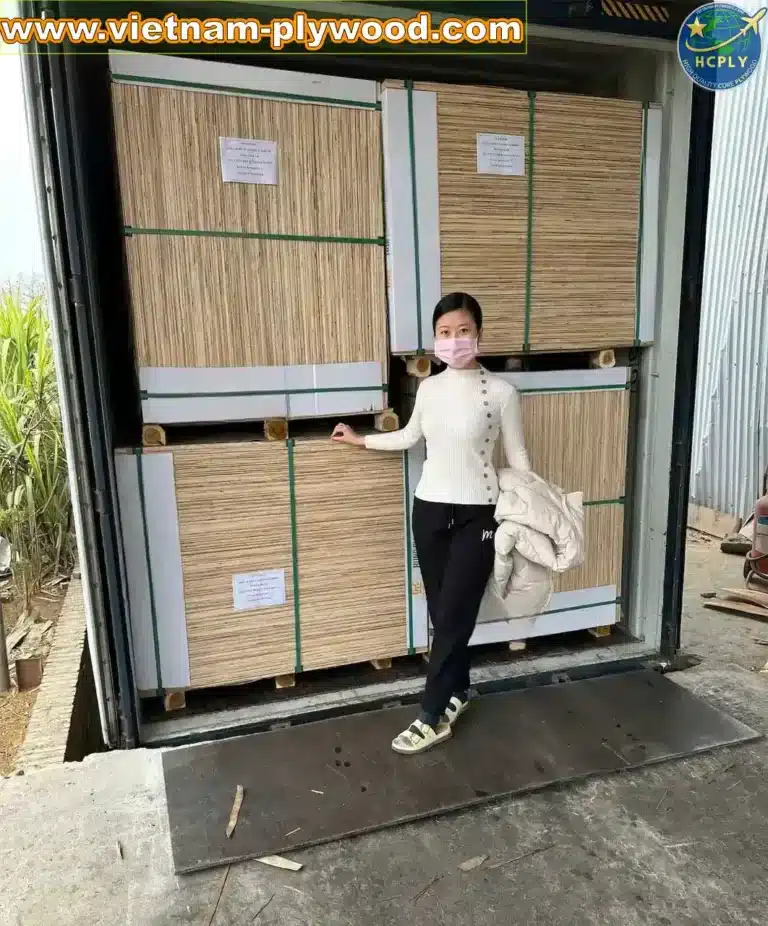Birch vs Okoume Plywood – Export Comparison
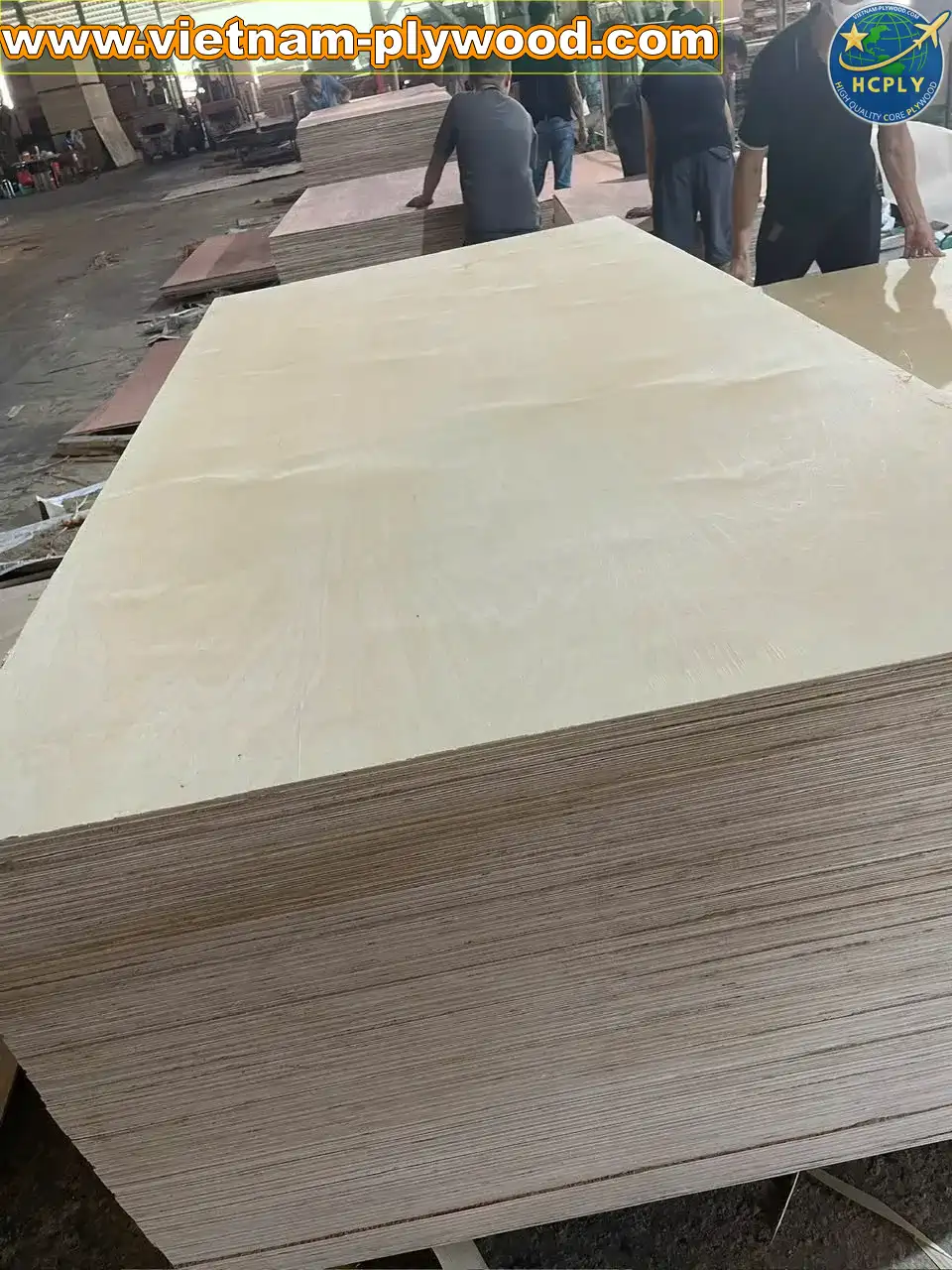
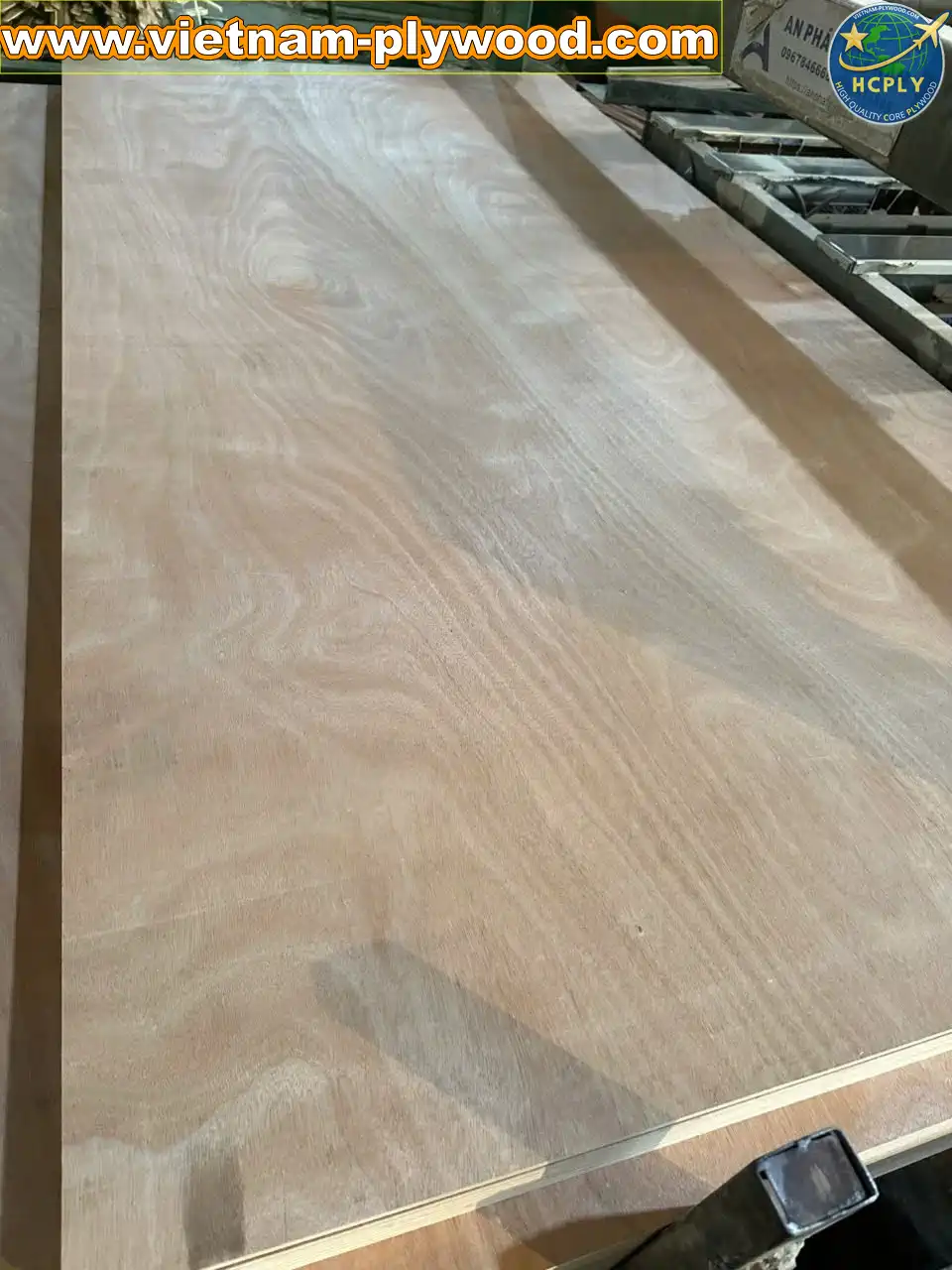
🪵 Birch vs Okoume Plywood – Export Comparison
Hello, it’s Lucy again! Over the years, I’ve helped many importers compare birch vs okoume plywood to find the perfect match for their export markets. Whether you’re targeting luxury segments or mid-range high-volume buyers, understanding the strengths of each is essential for making the right purchasing decision. In this expanded guide, we’ll break down birch plywood export comparison and okoume plywood export comparison in detail so you can match the right product to your market.
1️⃣ Price Overview – Luxury vs Mid-Range
In birch vs okoume plywood, price is a major deciding factor.
- Birch plywood: Premium-priced due to fine grain, consistent pale color, and high structural integrity. Often chosen for luxury projects where cost is secondary to quality.
- Okoume plywood: Mid-range pricing, making it highly competitive for bulk orders while still offering excellent face veneer quality.
💡 If your buyers prioritize prestige and craftsmanship, Birch justifies the investment. If affordability with visual appeal is key, Okoume wins on value.
2️⃣ Face Veneer Quality
Face veneer is where birch plywood export comparison often outshines:
- Birch – Smooth, pale cream to light yellow tone with minimal defects, ideal for staining, painting, or clear finishing.
- Okoume – Warm reddish-brown with a tropical aesthetic and natural sheen, popular for both domestic and export-grade panels.
3️⃣ Core Veneer & Construction
- Birch plywood: Commonly all-birch core layers, giving exceptional stability, strength, and excellent screw-holding capacity.
- Okoume plywood: Uses eucalyptus, acacia, or mixed hardwood cores, achieving a balance between cost and functional durability.
4️⃣ Durability & Applications
In the birch vs okoume plywood debate, durability is closely tied to application:
- Birch: Best for luxury interiors, architectural millwork, high-end cabinetry, and furniture requiring precision joinery.
- Okoume: Ideal for general furniture, wall paneling, and certain marine applications when manufactured with WBP glue.
5️⃣ Popularity in the Indian Market
- Birch plywood: Highly valued for ultra-premium furniture targeting wealthy consumers in India.
- Okoume plywood: Dominates in shipment volume due to its competitive pricing, versatile usage, and attractive face veneer — making it perfect for mass-market mid-range furniture production.
6️⃣ Glue & Moisture Resistance
- Birch: Export-grade production often uses WBP or Melamine glue to ensure long-lasting performance.
- Okoume: Available in MR, Melamine, and WBP bonding options, allowing flexibility based on buyer specifications.
7️⃣ Weight & Handling
- Okoume: Lighter, which reduces container freight costs and makes installation easier.
- Birch: Heavier but provides unmatched strength and stability for structural applications.
8️⃣ Certification & Standards
Both plywood types can be FSC or PEFC certified, but:
- Birch plywood export comparison shows it is more often used in projects demanding European quality standards and compliance testing.
- Okoume plywood export comparison is more common in mid-range certified exports for general furniture and light construction.
9️⃣ Bulk Order Considerations
If your goal is to serve high-end projects with lower volume but higher profit margins, Birch is the go-to. If you need large volumes at competitive prices while maintaining visual appeal, Okoume is the better choice.
🔟 Final Advice
If your target customers demand luxury, durability, and refined elegance, Birch is the premium option.
If they want affordable, attractive, and versatile panels without compromising quality, Okoume offers excellent value. In the birch vs okoume plywood choice, the right answer depends on your target market’s expectations and purchasing power.
❓ FAQ
Q1: Which plywood is better for high-end furniture in India?
Birch plywood is preferred due to its strength, pale color, and refined appearance.
Q2: Why is Okoume plywood more popular despite Birch’s quality?
Okoume offers a strong balance of beauty, performance, and mid-range pricing, making it ideal for larger-scale production.
Q3: Can both be used in humid climates?
Yes — with WBP glue and proper sealing, both perform well in humid or coastal environments.
Q4: Which is more cost-effective for bulk shipments?
Okoume, due to its lighter weight and lower price per cubic meter, is generally more efficient for high-volume orders.
“In plywood exports, success comes from matching the right product to the right market — not just choosing the most expensive option.” – Lucy, HCPLY Export Team

